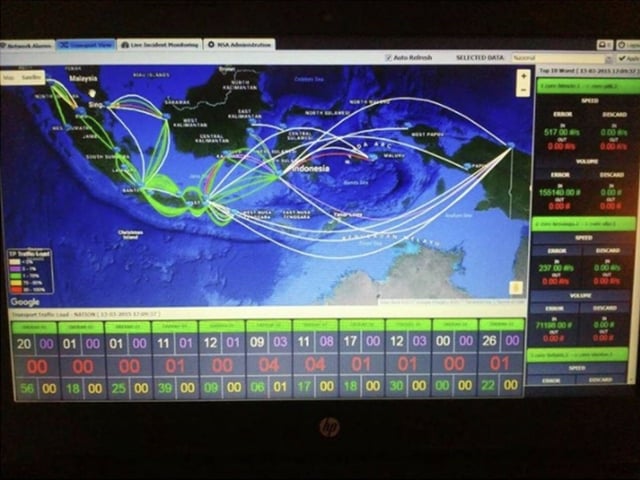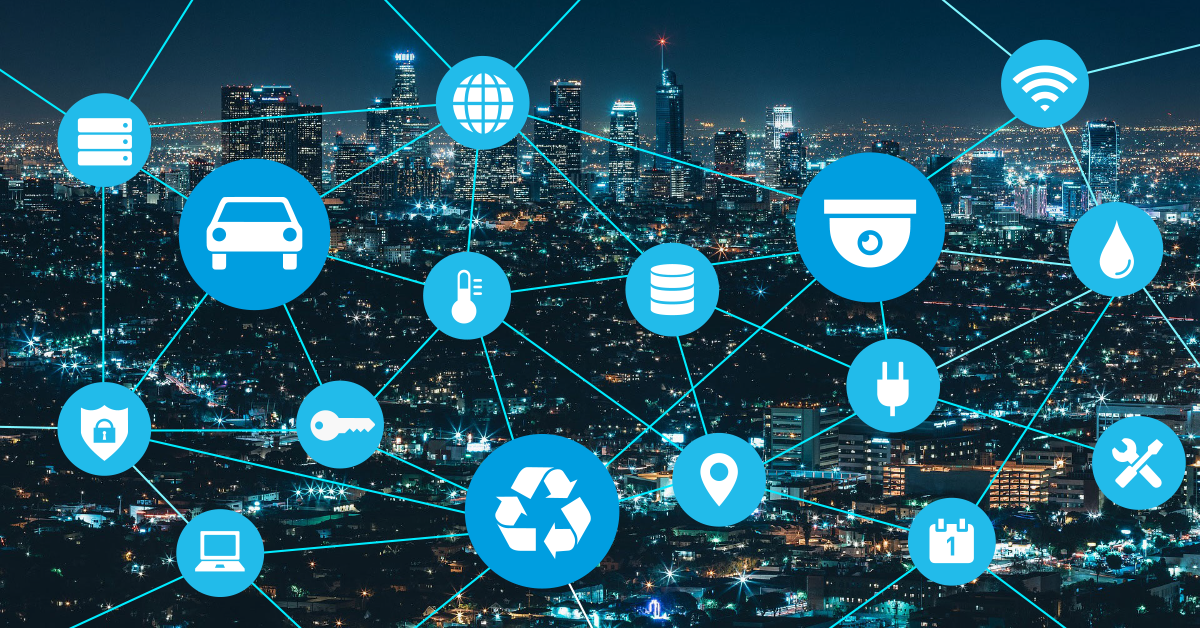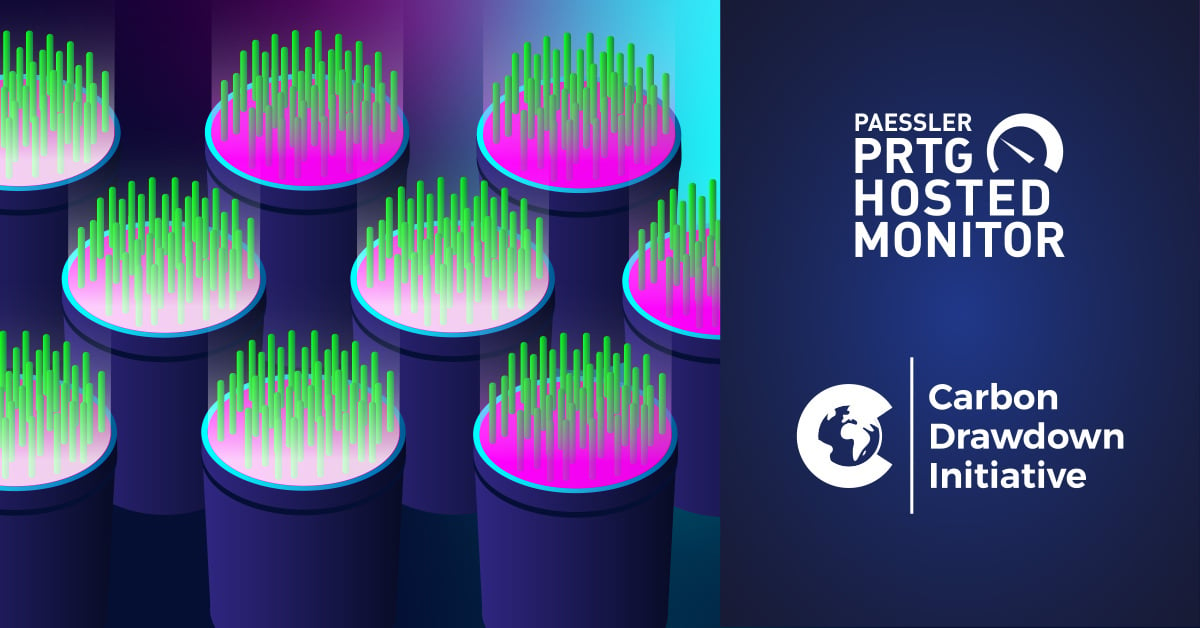Everything seems smart these days: smart phones, smart homes, smart watches and smart cities. It seems humans are devising more and more “Things” to think for us. Does that mean humans will become more stupid? Whatever your stance on this, the technological advancement behind it is recognizably impressive.
What Makes A City Smart?
According to Wikipedia, a city is smart if it integrates information and communication technology (ICT), and Internet of Things (IoT), in a secure fashion to manage its assets.
The interconnectivity of these assets allows the city to monitor what’s going on in the city, how it’s evolving and how to enable a better quality of life.
Examples of things monitored in smart cities are:
- Waste Management – monitoring the fullness of public waste bins around the city, so they are only emptied when full (saving costs and reducing congestion).
- Parking Sensors – these show you availability of parking spots in a city. There are apps that tap into this data, making it easier for drivers looking to park. Not only saving us time, it saves on fuel, and reduces emissions and congestion.
- Security – integrated sound sensors can detect gun shots and automatically report it to the authorities, reducing necessary involvement of citizens while making the city feel safer.
The possibilities are endless and the technology advances minute-by-minute.
Who Builds Smart Cities And Why?
It’s city leaders who are recognizing the potential of technology to make their cities safer, convenient and more comfortable for its residents. In some instances, it may also be for prestige and branding.
Whatever the agenda, it’s changing the lives of city-dwellers and putting additional pressure on IT infrastructures supporting the interconnectivity of ‘Things’. There’s increased traffic and data being transferred, which impacts load and bandwidth.
iBandwidth is measured as the amount of data that can be transferred from one point to another within a network in a specific amount of time. Typically, bandwidth is expressed as a bitrate and measured in bits per second (bps). It refers to the transmission capacity of a connection and is an important factor when determining the quality and speed of a network. Read more ...
What Are We Doing In This Space?
Our partner Daya Cipta Mandiri is funding a Smart City Center show room in Mangga Dua Square Jakarta, Indonesia, supporting the concept of smart cities as a means to enhance the quality of life.
Their mission is to educate, train and assist the local government in developing smart cities, and to raise public awareness.
Most of the smart city projects, they say, “start with infrastructure projects like CCTV and datacenters, which all require monitoring.” They install PRTG to monitor such infrastructures and develop custom dashboards to manage the volume of data they get back.
Here is one of the dashboards developed using PHP/ Java and PRTG’s API.

It’s clear that as cities get smarter, IT must too. Smart cities have sensors monitoring things like parking spaces, waste bin capacity and security cameras, but who is monitoring the monitors?
Smart cities need to be equipped to manage the data load and connectivity of IT assets on the network if they are to uphold the convenience and security they promise their residents. It needs a human to recognize this and take action; A smart one.
 Published by
Published by 











